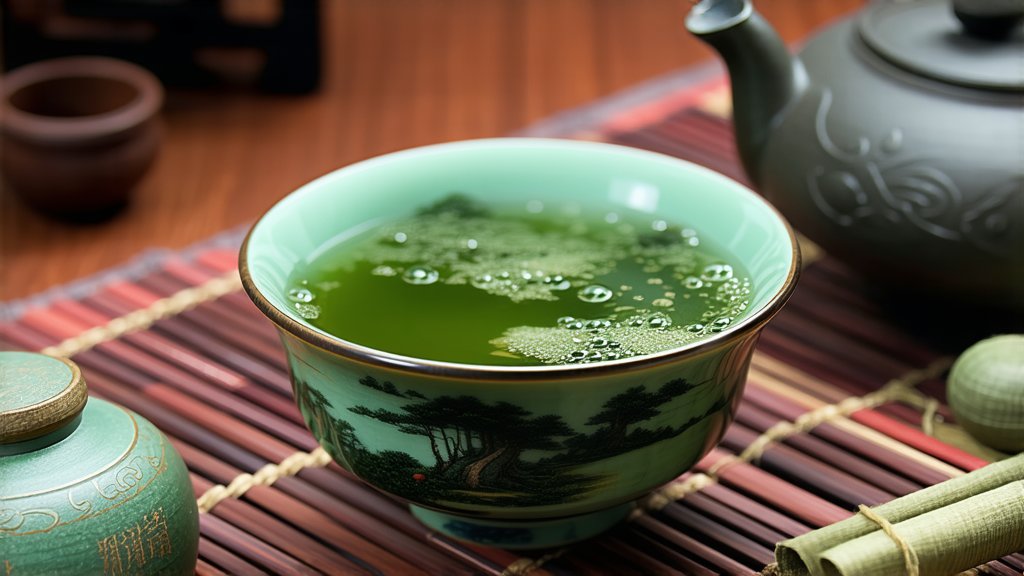
In the vast and diverse landscape of Chinese tea, Oolong tea stands as a testament to the intricate balance between tradition and innovation. Among its myriad varieties, Tieguanyin, also known as the "Iron Goddess of Mercy," holds a particularly revered place. This article embarks on a journey through the history, classifications, meticulous production process, and the art of appreciating Tieguanyin, offering an in-depth exploration for international readers eager to understand this exquisite tea.
Historical Roots: A Glimpse into the Past
Tieguanyin's origins trace back to the Anxi region in Fujian Province, China, during the early Qing Dynasty (1644–1912). Its name, meaning "Iron Buddha," is said to have been inspired by a Buddhist statue discovered near the original tea trees. Over centuries, Tieguanyin has evolved from a local curiosity to a globally recognized symbol of Chinese tea craftsmanship, embodying the philosophy of harmony between man and nature.
Varieties within Varieties: The Spectrum of Tieguanyin
Though Tieguanyin is often considered a singular type of tea, it encompasses a range of sub-varieties, each with unique characteristics influenced by factors such as terroir, altitude, and processing techniques. The most celebrated types include Xiangxing (Fragrant), Rouxing (Fleshy), and Dancui (Single Cultivar), among others. These distinctions not only reflect the diversity within Tieguanyin but also cater to different palates and preferences.
Crafting Perfection: The Art of Tieguanyin Production
The creation of Tieguanyin is a meticulous process that combines both art and science. It begins with the careful selection of tea leaves from specific bushes, typically grown on mountain slopes at elevations ranging from 300 to 1,000 meters. The harvest usually occurs multiple times a year, with spring and autumn being the most prized seasons.
Once plucked, the leaves undergo a series of steps: withering under the sun or in shade, fixing (either by roasting or pan-frying), rolling to release aroma, oxidizing partially to achieve the signature oolong character, and finally, drying. This semi-oxidation process, which falls between that of green and black teas, imbues Tieguanyin with its distinctive flavor profile—a harmonious blend of floral, fruity, and creamy notes.
The Ritual of Tasting: Savoring Tieguanyin
To truly appreciate Tieguanyin, one must engage in the ritual of tea tasting, known as "Gongfu Cha" in Chinese. This practice involves using small Yixing clay teapots and delicate porcelain cups, allowing for precise control over water temperature (ideally around 90-95°C) and steeping time. The first few infusions are often used to 'wake up' the leaves, with subsequent ones revealing deeper layers of flavor and aroma.
When savoring Tieguanyin, pay attention to its complex bouquet, which may evoke orchid, magnolia, or even roasted chestnuts. The taste should be smooth yet vibrant, with a lingering aftertaste that invites contemplation. Observing the leaves themselves post-infusion can also offer insights; as their unfurling reveals the quality of the leaf and the skill of the artisan who crafted them.
In conclusion, Tieguanyin represents not just a beverage but a cultural experience steeped in history and tradition. Its nuanced flavors and aromas serve as a bridge connecting past and present, inviting tea enthusiasts worldwide to embark on a sensory journey that transcends borders. Through understanding and appreciation of Tieguanyin, we gain a deeper appreciation for the artistry and philosophy inherent in Chinese tea culture.